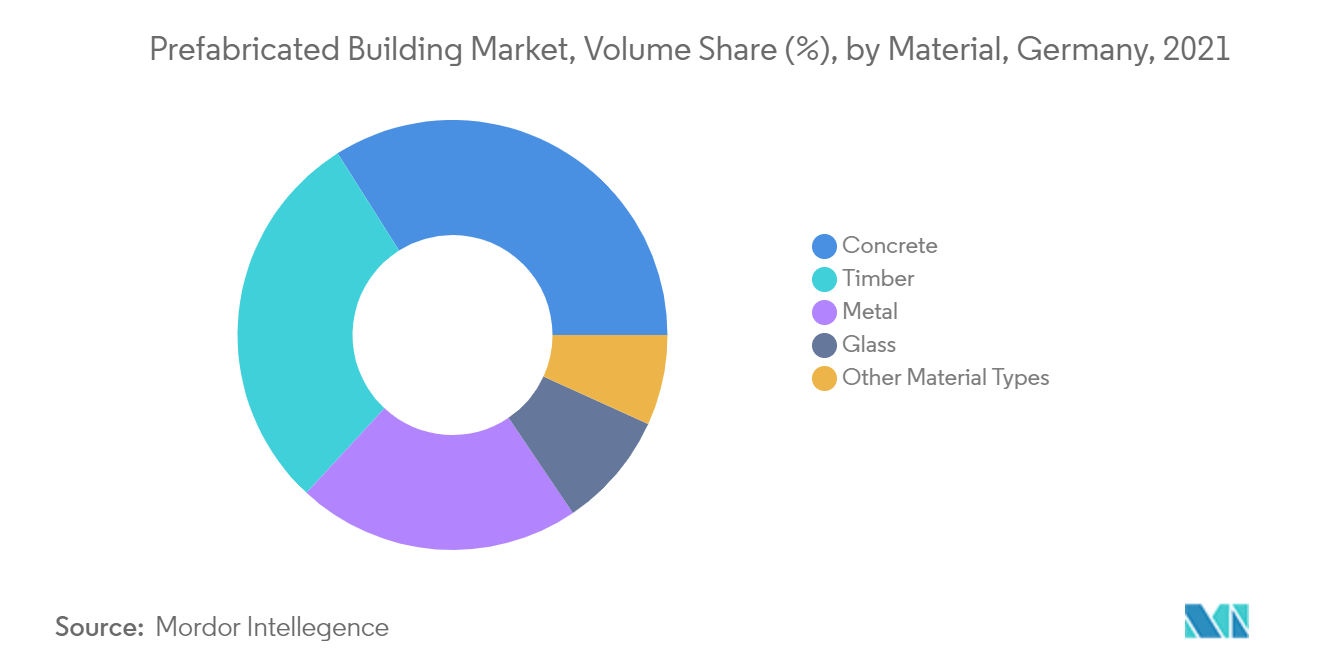Market Trends of Germany Prefabricated Buildings Industry
This section covers the major market trends shaping the Germany Prefabricated Buildings Market according to our research experts:
Increasing Labor Cost
Construction required all types of labor, including full-skilled, semiskilled, and low-skilled. The requirement for semiskilled and low-skilled labor is more as compared with full-skilled labor in construction activity. In Germany availability of unskilled and semiskilled labor is declining very rapidly. The Head of the Federal Employment Agency of Germany said that Germany requires 400,000 new immigrant laborers per year to fulfill the country's labor need. There is government regulation for paying minimum wages to the labor. The Federal Ministry has set the rules for Labour and Social Affairs for minimum wages of labor. There is around a 15.8% hike in the Minimum Wages Set (Gross per hour) from 2015 to 2021. This increased labor cost resulted in the high construction cost of building. As prefabricated buildings are manufactured in advance in other locations and can be transported and assembled. It is shifting the focus of consumers toward it over the conventionally constructed building and driving the growth of the prefabricated building market

Growing Demand for Precast Concrete
Precast concrete is generally used in both commercial and residential prefabricated buildings. Due to its high strength and low cost compared with other materials like glass, metal, and timber, precast concrete is gaining huge popularity and adoption in building construction. In 2021 concrete segment acquired a major share of Germany's prefabricated buildings market. In Germany, very few trained people are currently available in the private sector to implement the precast concrete system. The service provided is more focused on the various other market-building methods and techniques available.


